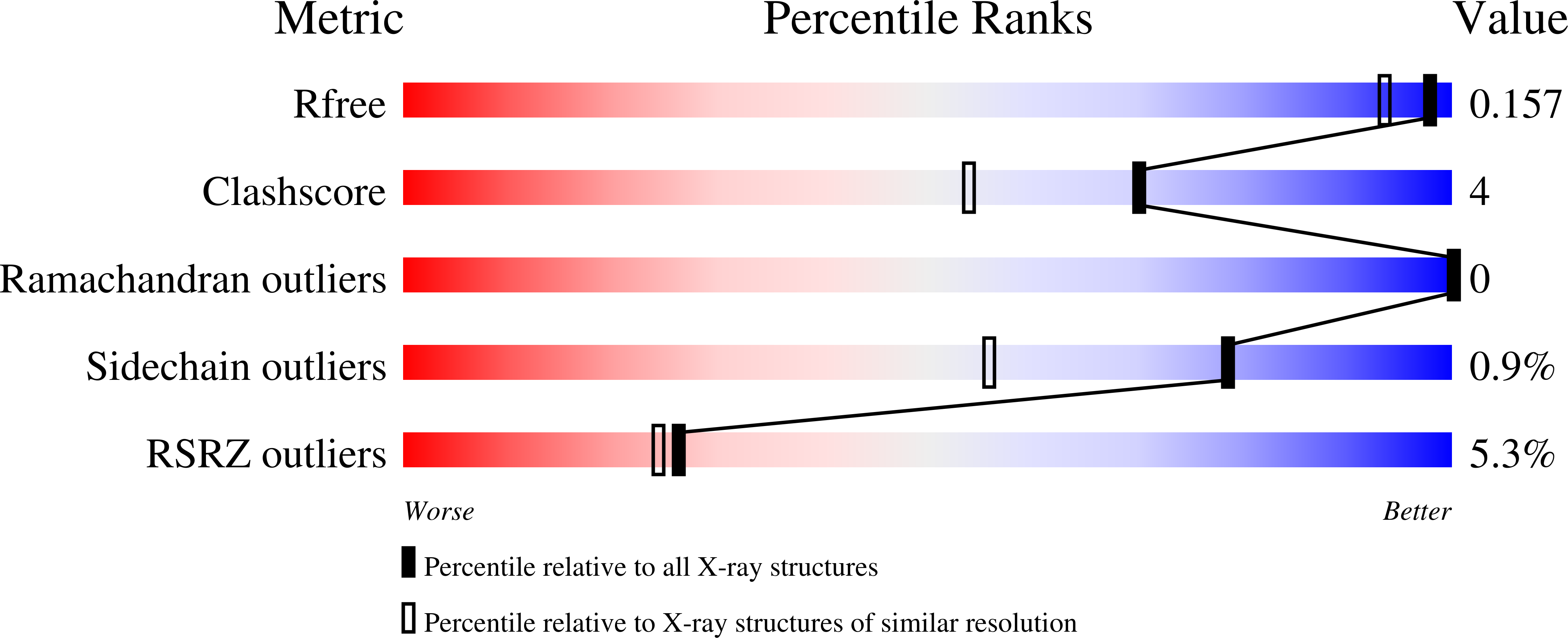
Deposition Date
2023-07-19
Release Date
2024-05-08
Last Version Date
2024-11-13
Entry Detail
Biological Source:
Source Organism:
Tyrophagus putrescentiae (Taxon ID: 59818)
synthetic construct (Taxon ID: 32630)
synthetic construct (Taxon ID: 32630)
Host Organism:
Method Details:
Experimental Method:
Resolution:
1.42 Å
R-Value Free:
0.15
R-Value Work:
0.13
Space Group:
P 31 2 1


